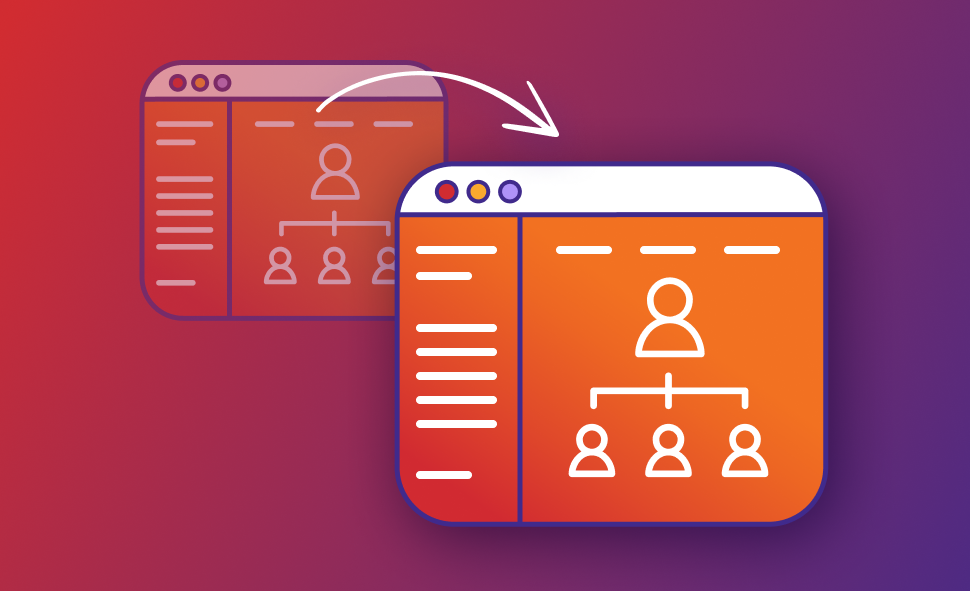Tips for Migrating Content Off of Your Legacy CMS

Try to remember the last time you updated your content management system (CMS).
Has it been a while? If that’s the case, you might be feeling the pains of a system that no longer works for you. Ultimately, this could compromise opportunities for business growth.
If revenue loss isn’t enough motivation, there are plenty of excellent reasons to migrate your content to a new CMS.
Maybe your website is hard to update or you need a better way of displaying your digital content. It’s possible your CMS can’t handle a website redesign or that your current CMS is no longer supported.
Switching your CMS can seem like a huge undertaking, and leaving it to “some other time” might appear easier. But if you wait too long, you could find yourself in a tight spot. Don’t worry; we’re here to help!
Here are our tips for moving content to the CMS platform that’s right for you:
- Take inventory
- Identify resources and form a plan
- Make communications a priority
- Review and clean up content
- Test, adjust, and transfer data
- Test the results and optimize the system
- Get rid of the legacy CMS
Take inventory
You need to document every type of content on your current website.
Content could be metadata, file types, hyperlinks, or written content. In your documentation, include where and how each type is stored. You also need to know what you want to do with it during the migration process.
If there are components that you don’t want to move to the new platform, you can delete them.
Software packages are available to help automate the inventory process. However, be careful with this; automation is most effective when content is mapped precisely to the new system, so be intentional with your approach.
Identify resources and form a plan
Make sure you have a good grasp on how much the migration will cost, as well as any potential risks. You want to be certain you thoroughly review all aspects of this project and identify appropriate resources at each stage.
The team you put together should have experience with content migration and a clear understanding of your goals. To ensure a smooth transition, define a project schedule that connects to various roles with communication and documentation plans.
Having a backup plan (like making copies of your data) is necessary in case the migration doesn’t go as planned.
Make communication a priority throughout the project
Keep this top of mind as the project moves forward. Continually adjusting the timeline and communicating changes to the team are vital to success.
Review and clean up content
Categorize and tag your data to prepare for the migration.
Mapping your metadata will make sorting, searching, and filtering the content MUCH easier. If deviations in the data are discovered, determine how you want to handle them.
To reduce the number of pages, images, and documents that need reorganization after the migration, make sure you preserve the legacy file structure. Then you can phase out the old structure as changes to the content are made.
Migration software and custom scripts can help you move through large chunks of data; be ready to use them when necessary.
Test, adjust, and transfer data
Before moving all of your content, it is crucial to test a sample of the data to identify any errors or defects.
Depending on the results, you might need to adjust the system configuration or migration method. It’s also the perfect time to ensure you have removed all of the old or outdated content, as the transfer will be more efficient.
Make a copy of ALL of your data! A data storage tool can be used to archive your information easily.
For automated migration, you will need to develop a script, migrate the content, clean it up and test everything. For manual migration, you will need to create a workflow showing the details of every step (e.g., entering page titles or metadata) to move the content.
Test the results and optimize the system
Once the data has been transferred, review it for accuracy. Check summary verification, record counts, and comparative content samples for data integrity.
Optimize your data! Likely not everything transferred as planned. Check to make sure the content is displaying correctly in all browsers and on all device types.
This is an excellent time to make sure that all team members involved in using the CMS are familiar with its features and functionalities.
Get rid of that legacy CMS!
When everything is working as intended and all of the testing and double-checks are complete, you can (finally!) deactivate your old system.
There is no doubt that migrating content to a new CMS is a complex and risky process. It’s also one that cannot be avoided if you want to keep up with technological advances and continue to grow your business. Fortunately, there are resources and professionals that can help (like us!).
If you are tired of fighting with your CMS, let us know! Mindgrub’s web experts are ready to help you through the entire content migration process.

